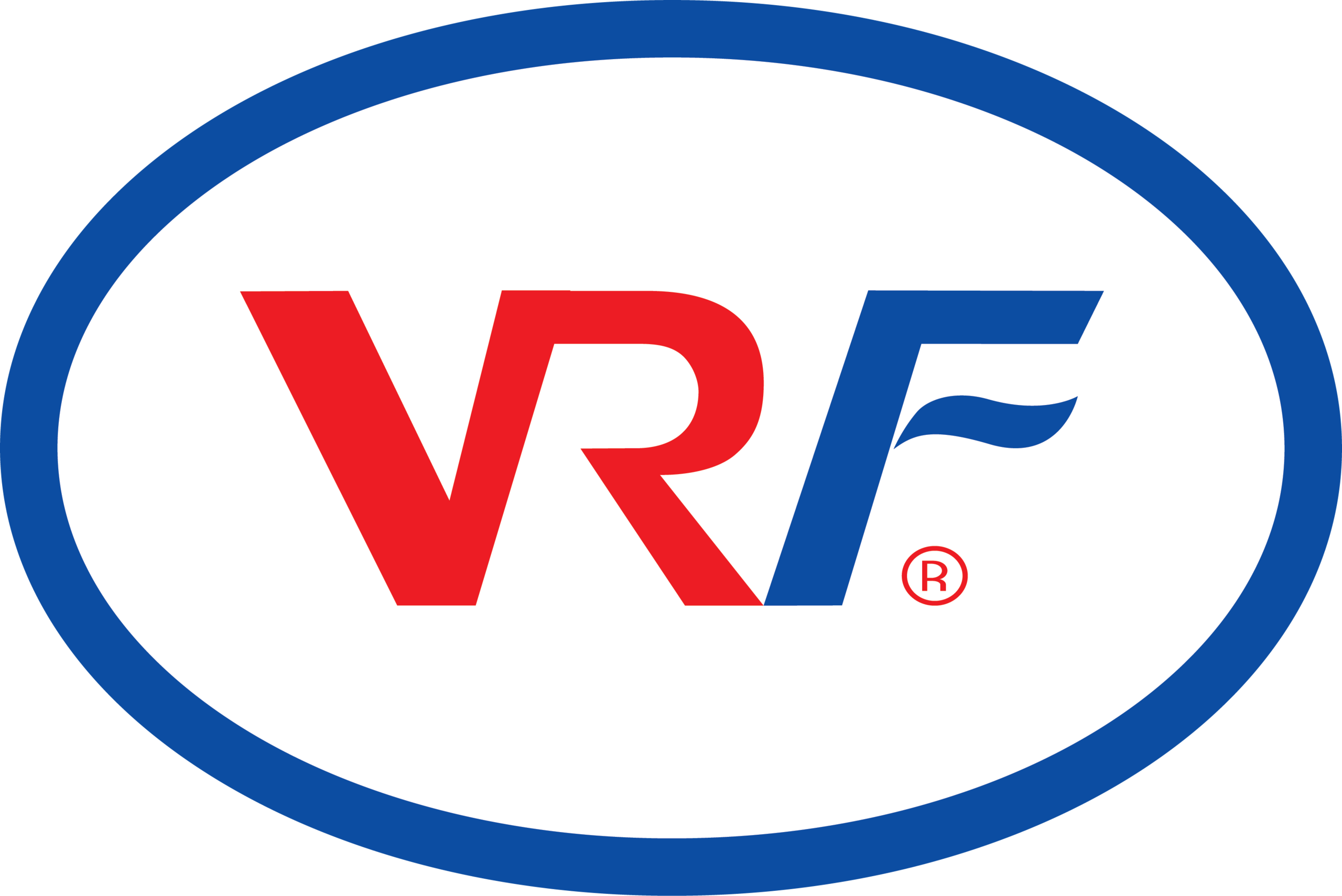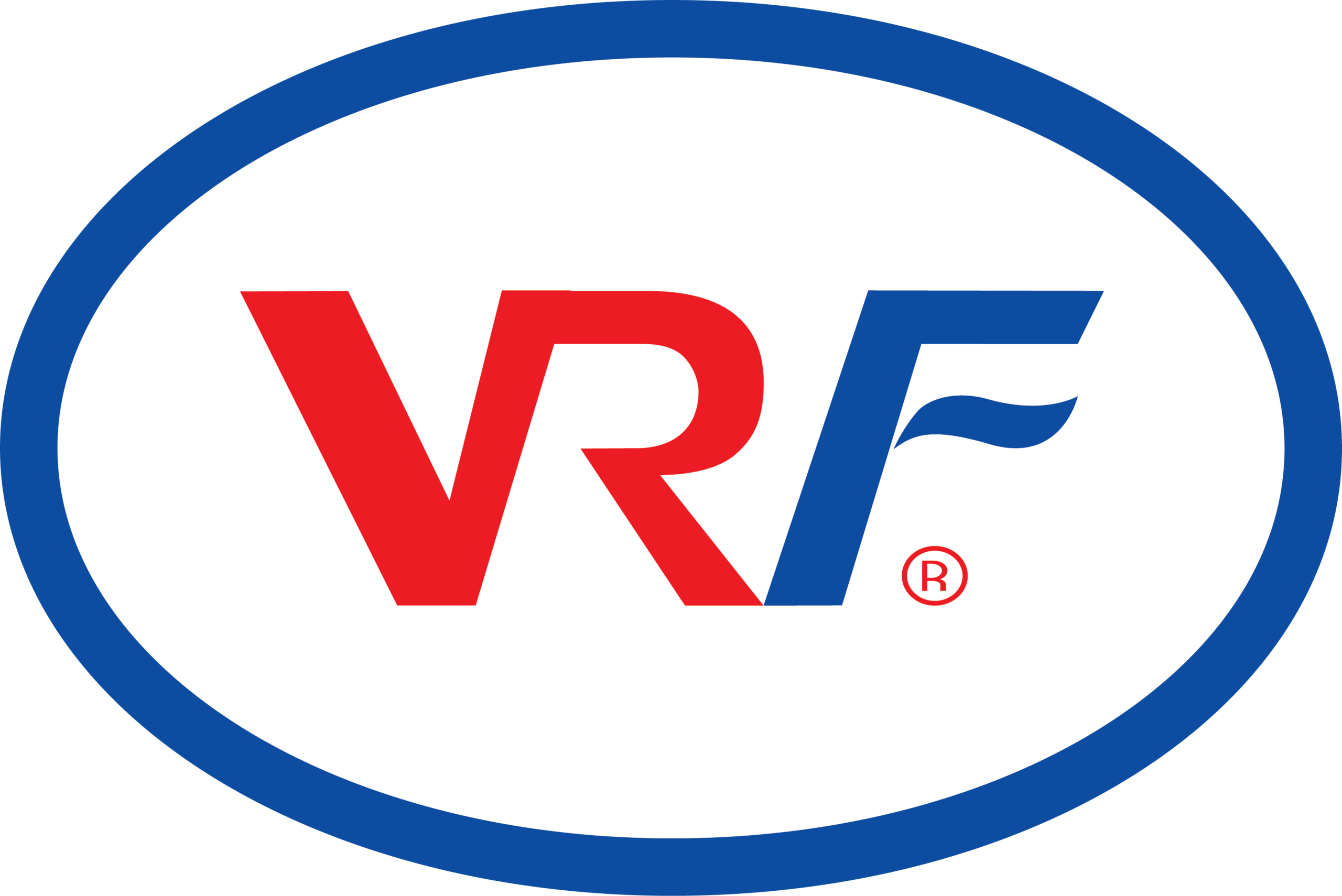The global medical grade plastic market is experiencing substantial growth due to rising demand for high-performance, biocompatible, and sterilizable materials in healthcare. Medical grade plastics are engineered polymers that comply with strict regulatory standards for chemical resistance, safety, and sterility. These plastics are extensively used in surgical instruments, diagnostic devices, disposable medical products, implants, and pharmaceutical packaging. With increasing adoption of single-use medical devices and rising awareness about infection control, the market is witnessing strong growth across hospitals, laboratories, and pharmaceutical companies.
Medical grade plastics provide several advantages over traditional materials like metals and glass. They are lightweight, durable, chemically stable, and easy to mold, making them ideal for syringes, catheters, IV components, surgical trays, tubing, and medical packaging. Advances in polymer technology have further enhanced performance, durability, and environmental safety, enabling manufacturers to meet global regulatory requirements while ensuring patient safety. The increasing prevalence of chronic diseases and the rise in surgical procedures have further strengthened demand for these materials.
Healthcare infrastructure investments and the expansion of medical device manufacturing are major drivers of market growth. According to Market Research Future’s report on the Medical Grade Plastic Market, rising healthcare expenditure, growing adoption of advanced medical technologies, and increasing awareness of infection prevention are key factors boosting the medical grade plastic market. Furthermore, regulatory mandates for sterile and single-use devices are encouraging healthcare facilities to rely more heavily on polymer-based solutions.
The medical grade plastic market analysis indicates that Asia-Pacific is the fastest-growing region due to rising healthcare spending, expansion of hospital infrastructure, and growing production of medical devices. North America continues to dominate because of advanced healthcare infrastructure, high adoption of polymer-based medical products, and strict regulatory compliance. Europe is projected to show steady growth, driven by technological innovation and the adoption of environmentally friendly polymer solutions.
Market segmentation is based on polymer types, including polypropylene (PP), polyethylene (PE), polycarbonate (PC), polyvinyl chloride (PVC), and acrylonitrile butadiene styrene (ABS). Each polymer type is suited to specific applications, ranging from disposable devices to surgical instruments and packaging. End-users include hospitals, diagnostic laboratories, pharmaceutical companies, and research institutions, highlighting the wide applicability and critical role of medical grade plastics in healthcare.
The rising demand for single-use medical devices is a significant growth driver. Products such as syringes, IV sets, catheters, and laboratory equipment depend on medical grade plastics for safety, sterility, and durability. Ongoing research and development efforts focus on bio-based polymers, lightweight materials, and environmentally sustainable solutions to meet evolving industry requirements.
In conclusion, the medical grade plastic market is set for long-term growth due to technological advancements, increasing healthcare infrastructure, and rising adoption of safe, high-performance medical devices. Market analysis highlights opportunities across regions, polymer types, and end-use applications, confirming that medical grade plastics will continue to be an integral component of modern healthcare systems.
Browse More:
Distilled Monoglyceride Market Size
Drinking Water Adsorbents Market Share
Equestrian Apparel Market Growth


